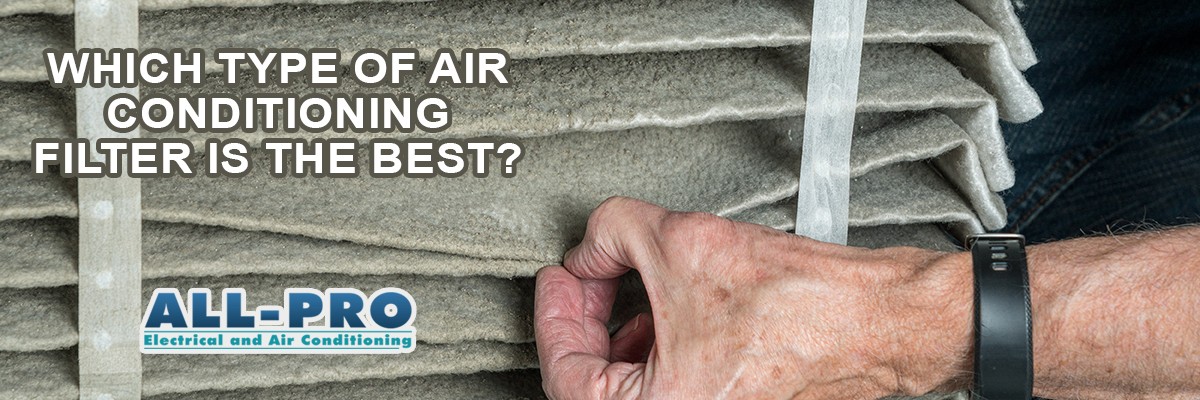If you’ve purchased an HVAC system in the past 30 years, you’ve probably noticed the big yellow sticker labeled “ENERGY GUIDE” that points down to an Efficiency Rating or SEER.
SEER, which stands for Seasonal Energy Efficiency Ratio, is the ratio of cooling output (the BTUs) of an air conditioner or heat pump over the course of a typical cooling season, divided by the electrical input (the watt hours) required to run the unit in that same period.
Much like your vehicle’s MPG rating, a higher SEER rating means a more efficient air conditioning system, but just like MPG ratings, SEER ratings are affected by real-world conditions (you’re probably not getting the same mileage that was printed on the window sticker).
The Department of Energy (DOE) has enforced minimum SEER requirements since 1992, but previous testing methods did not accurately reflect real-world conditions, like poorly designed ductwork.
On January 1, 2023, new testing procedures known as SEER2 went into effect. These new SEER2 standards more accurately reflect real-world conditions, and they demand a lower energy efficiency rating so, in essence, you now have to get a better grade on a harder test.
What does this mean in practice?
The DOE divides the U.S into 3 regions (North, Southeast, and Southwest). In the Southwest and Southeast regions (which includes Florida), residential central air conditioning systems below 45,000 BTUs must have a SEER2 rating of 14.3, residential systems with 45,000 BTUs or more must have a SEER2 rating of 13.8, and heat pumps must have a SEER2 rating of 14.3.
More efficient units are cheaper to operate, but they’re also more expensive to manufacture which means that prices for these new, more energy efficient units will be higher.
If you live in Broward or Palm Beach, and you ’re about due for a new air conditioning system, call 561-988-0460 (while you can still get 2022 units and prices) and let one of our heating and air conditioning specialists guide you toward the best solution for your needs.












